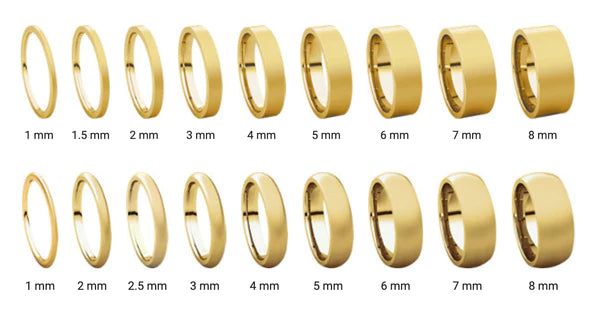The word ‘Emerald” has been derived from the Persian representation of “green gem”. The name changed to smaragdus for the Latin speaking people and subsequently graduated respectively to esmaurde, esmralde and finally esmeralde in the 16th century. Emeralds have been used as gemstones since ancient times.
The earliest records
The Papyrus Prisse, referred to as the oldest book of human civilization, speaks of the popularity of the gemstone in a phrase that means “But good words are more difficult to find than the emerald, for it is by slaves that it is discovered among the rocks”. This phrase is 4500 years old but the passage was actually copied from a document that is believed to have existed even 1000 years earlier. The mine in this passage refers to the Egyptian Cleopatra Mines, which were lost to our civilization for more than 1000 years but was thankfully re-discovered in 1818.
It has even been recorded in history that Nero used to watch his favorite gladiator tussles through flat emerald crystals. It was in his time that a Roman scholar named Pliny suggested that emerald was in fact a derivative of beryl. This was however proved in the 19th century. In Pliny’s own words “Indeed, no stone has a color that is more delightful to the eye, for, whereas the sight fixes itself with avidity upon the green grass and the foliage of the trees, we have all the more pleasure in looking upon the emerald, there being no gem in existence more intense than this”.
Emeralds have been among the prized collection of the Aztecs and Incas, the rich civilizations of mainland America. Several other cultures have embraced emeralds to be their own discoveries but it was after the sixteenth century violence that South America, especially the Columbian mines were believed to possess the gemstones in abundance.Through time, emeralds have been important pieces in the crown jewels of the Russians, the Iranian State Treasury, the collection of Indian Shahs and other royalties. The creator of the Taj Mahal (among the Seven Wonders of the World), Shah Jahan too is popular for his great taste in emeralds. He has inscribed his gem collection in sacred texts to be used as talismans!
The Emerald culture
Emeralds have always been believed to be special stones. It was in fact one of the four stones given to King Solomon by God. Legends say that the wearer of an emerald will have the ability to see his/her future and be protected against evil. Emeralds were rumored in the past to be able to cure diseases like malaria and cholera. Further, the wearer of an emerald will know the truthfulness of his lover oath, apart from making him/her an eloquent speaker.
Emerald in modern times
Today, emerald is spiritually worn as a birthstone by people born in the month of May. The color green represents growth, maturity and liveliness in the life of a wearer. It’s also a popular gemstone to be worn/gifted on the twentieth and 35th wedding anniversaries.
Legends and spirituality apart, emerald is among the few most gorgeous naturally derived gemstones. It has become a popular jewellery element worn by both teens and adults across the globe. In countries like India, an emerald is among the first gemstones to be acquired by anyone.


















